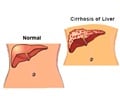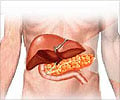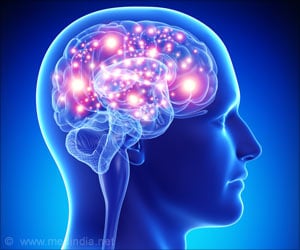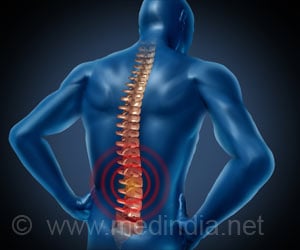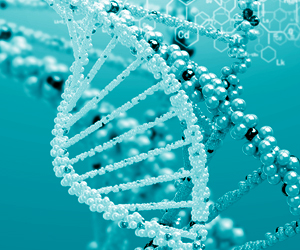
Previous studies in worms and flies have shown that unc-79 is associated with altered sensitivity to a variety of anesthetics, including alcohol.
The mutant mice are more sensitive to alcohol than their normal, wild-type littermates, and voluntarily consume more alcohol than normal mice when offered the choice between alcohol and water.
Lead author Dr. David Speca says that the name Lightweight refers to the observation that when unc-79 mutant mice were injected with high doses of alcohol "they were knocked out for far longer than normal mice."
The function of unc-79 is not well understood, says Speca, but he notes that experiments by other researchers suggest it may interact with a particular neuron channel (a complex of proteins essential to nerve cell function), named NALCN, to influence neuronal responses to alcohol.
Although the study did not demonstrate an interaction with this channel in Lightweight mice, Speca said that follow-up experiments in the roundworm Caenorhabditis elegans showed that the NALCN channel influences responses to alcohol, "suggesting that this response may be conserved from worms to mice to humans."
Advertisement
The question now, he says, is whether unc-79 and the NALCN neuron channel turn out to be associated with altered responses to alcohol in humans.
Advertisement
The study is published in the open-access journal PLoS Genetics.
Source-ANI


